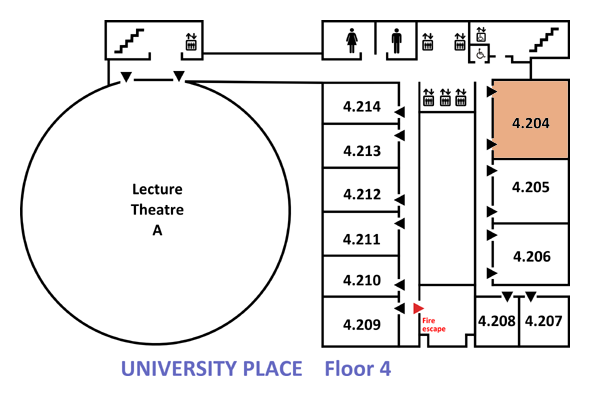
|
iCHSTM 2013 Programme • Version 5.3.6, 27 July 2013 • ONLINE (includes late changes)
Index | Paper sessions timetable | Lunch and evening timetable | Main site |

|
iCHSTM 2013 Programme • Version 5.3.6, 27 July 2013 • ONLINE (includes late changes)
Index | Paper sessions timetable | Lunch and evening timetable | Main site |
This symposium explores the reciprocal interactions between agriculture, science (or technoscience) and the environment. We examine how twentieth-century technosciences have been used and shaped to solve problems in agriculture and how the solutions have, in some cases, generated new problems. In one session four presenters illustrate the diverse considerations, involving the complexities of natural systems, the needs of end-users, and institutional politics, required to solve agricultural problems. In our other session we examine political issues around the assemblage of hybrid seeds, fertilizers and pesticides that became the defining aspects of the Green Revolution. This assemblage was being recommended as a solution to the food problems of the global south even as problems with the technologies were becoming apparent in the global north. The two sessions together discuss such agricultural initiatives as historical efforts directed at “improvement”, while also discussing contemporary scientific and social critiques which highlight an alternative consciousness of progress in agriculture.
In keeping with the global nature of these changes, the symposium highlights connections between developments in far-flung locations. Two presentations in the first session highlight the importance of Rachel Carson in Europe. One uses a local pollution incident in Kent to assess the impact of Carson’s philosophy among early eco-activists; another examines the ways in which Carson, followed by Ralph Nader and Friends of the Earth, broadened anti-pesticides concerns in France. A third panellist teases out connections between the sensibilities of Kansans in the US and policy outcomes that shaped the Green Revolution in post-Nehru India.
The case studies of the second session address two critical components of twentieth century agricultural science – the interactions of genetics and plant breeding, and of biochemistry and the study of animal disease. Three papers focus specifically on breeding and genetics. One examines the achievements of Cambridge geneticists and their interactions with British farmers, another examines the scientific and institutional success of selektsiya, the specifically Russian variant of breeding practice, and another examines the scientific success but popular failure of the rice breeding experiments of the nationalist Guomindang regime in China. All three unpack the overlap of institutional dynamics with politics and breeders’ communities to explore the specifics of plant breeding at the ground level. A fourth presenter studies the interactions between theory and practice to the fullest extent by analysing the tasks of specialists assigned to solve the problem of bloat among dairy cows in mid-twentieth century New Zealand. All four presentations are engaged in studying the intersection between theoretical knowledge and practical applications in the field.

